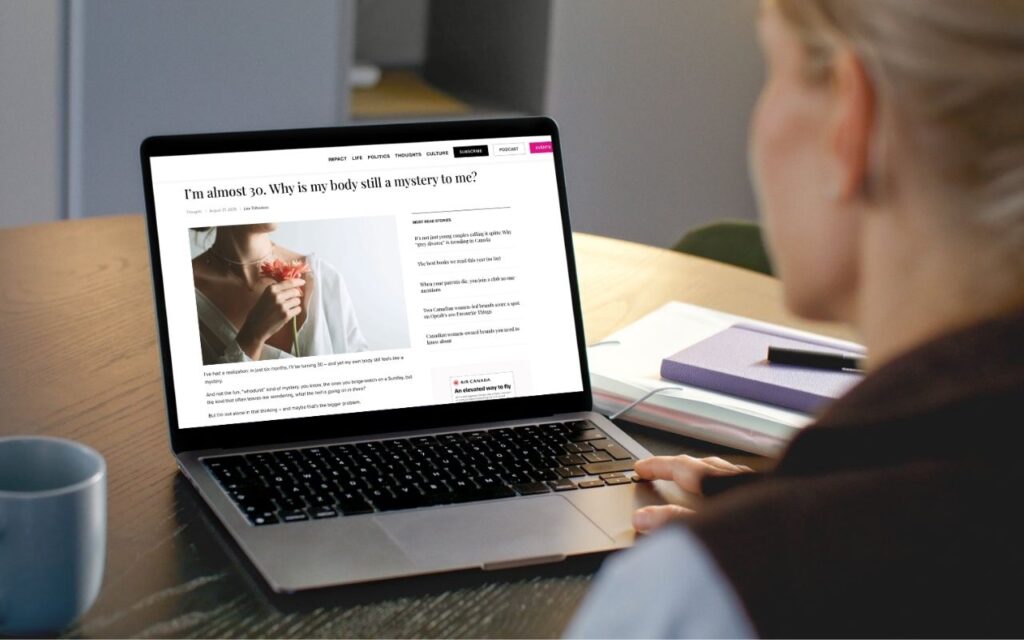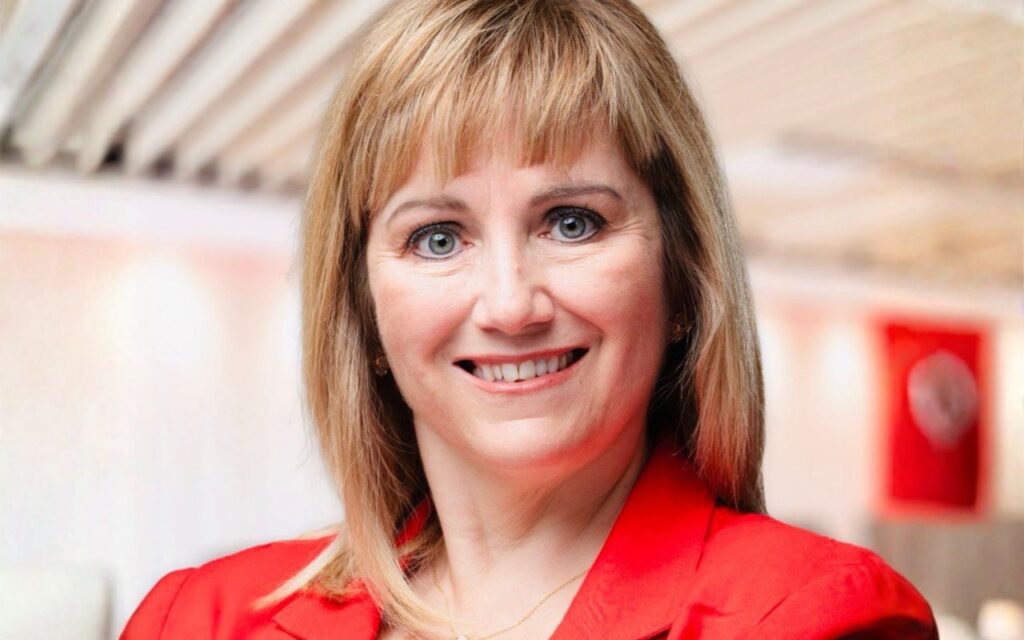
In a world that is quickly evolving, the relentless pace of change often demands our constant attention. Whether you are taking a short break from work — often spent scrolling through socials — or engaging in a casual conversation with a colleague, the constant access to information at our fingertips can make it seem difficult to press pause. The twenty-four-hour news cycle adds to this feeling, making it even more daunting.
This is especially true in the communications and marketing sectors. The constant emergence of trends requires us to be perpetually attentive, ensuring we capitalize on them to reach our key audiences and seize opportunities as they arise.
For many of us, this translates to being ‘always on’, always available to answer a call, generate an idea, craft an impactful campaign or make a decision.
In the business world, we’re often rewarded for speed — for being the first to respond, to decide, to move. As a communications leader, this instinct is hardwired. We’re trained to react quickly, shape the narrative, and support our teams in real time.
While we can pride ourselves on being able to thrive in these conditions, I’ve learned that one of the most powerful things we can do as strategic leaders is to pause. I know it seems counterintuitive, but it almost always works. Let me explain.
That pause — intentional, reflective, and often quiet — has become essential to how I lead. Stepping back creates space to assess situations objectively, consider potential consequences, and make informed choices. It allows for better questions, sharper thinking, and more grounded decisions. It helps us avoid impulsive actions driven by stress or emotion, leading to more strategic and effective outcomes. Taking a moment to breathe and reflect before charting your path forward can dramatically improve the result.
I’ve learned that the pause is where assumptions get challenged and new ideas take shape; it’s what makes space for creativity and innovation. When we allow ourselves time to reflect, we open the door to fresh perspectives and new ideas. It’s where we test for unintended consequences and align on what really matters. And it’s where we model a kind of leadership that’s calm, inspired, and resilient, especially when the pressure is high.
This matters in any function, but in communications, it’s critical. We sit at the intersection of brand, leadership, culture, and reputation — a vantage point that gives us incredible reach, but also significant responsibility.
It’s a complex, high-stakes discipline. And in complexity, reaction can feel like progress. But I’ve found that stepping back — to question assumptions, reframe a challenge, or simply breathe, sharpens strategy more than any rapid-fire brainstorm ever could.
Mindfulness in this space isn’t just helpful, it’s strategic. It allows us to listen more effectively, frame issues more thoughtfully, and guide organizations through complexity with purpose, not panic.
This also strengthens trust. Taking a pause to listen to colleagues and customers, to understand their perspectives, and to respond with their views in mind builds trust and collaboration. At Mastercard, I’ve seen firsthand how prioritizing employees and giving space for team members to reflect before making a decision creates a more positive and productive workplace.
Mindfulness isn’t about slowing down just for the sake of it. It’s about sharpening focus. Staying present when the stakes are high. Choosing intentionality over urgency. It is exactly this mindset that creates space for long-term thinking, creativity, and alignment, all of which are foundational to effective strategy. In a world that rewards speed, pausing isn’t weakness — it’s leadership.
So, the next time you are rushing to react, do what feels counterintuitive, take a deep breath, step back from the noise, and discover the power of the pause.






